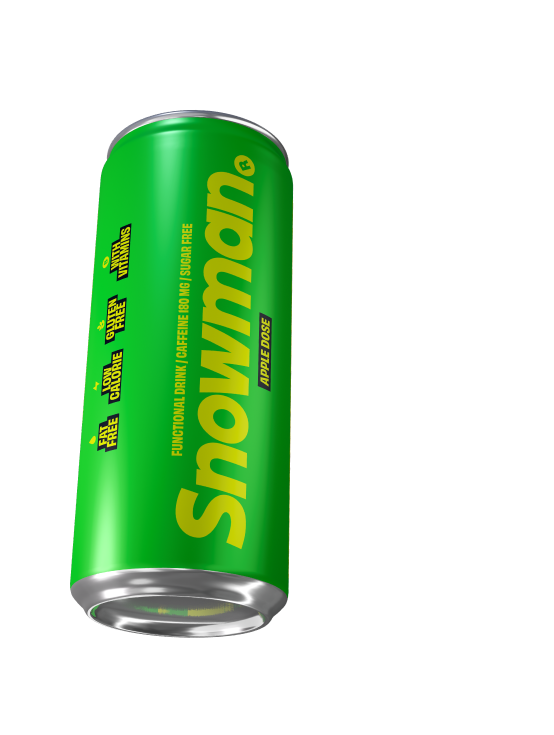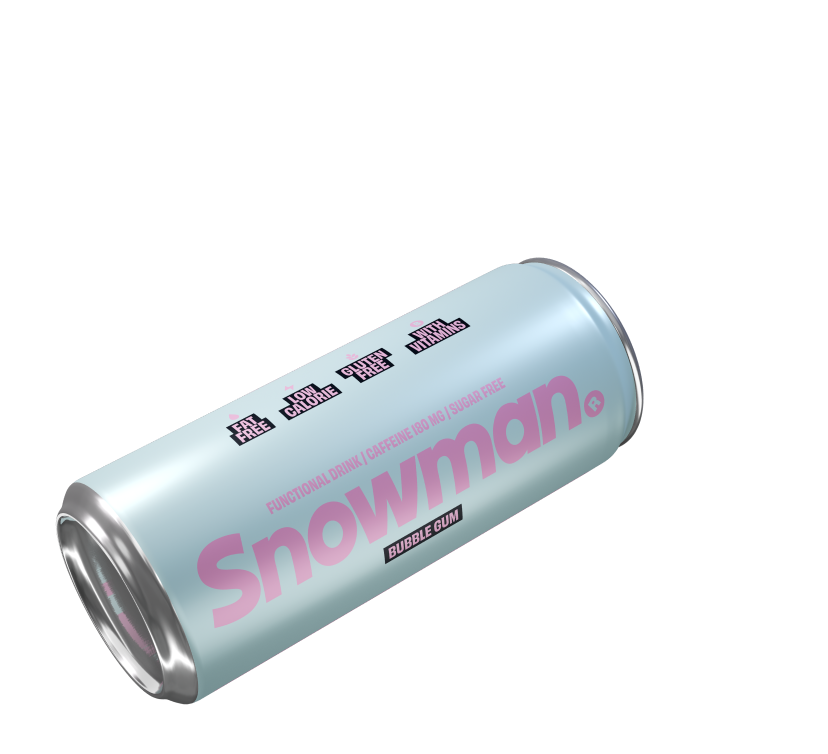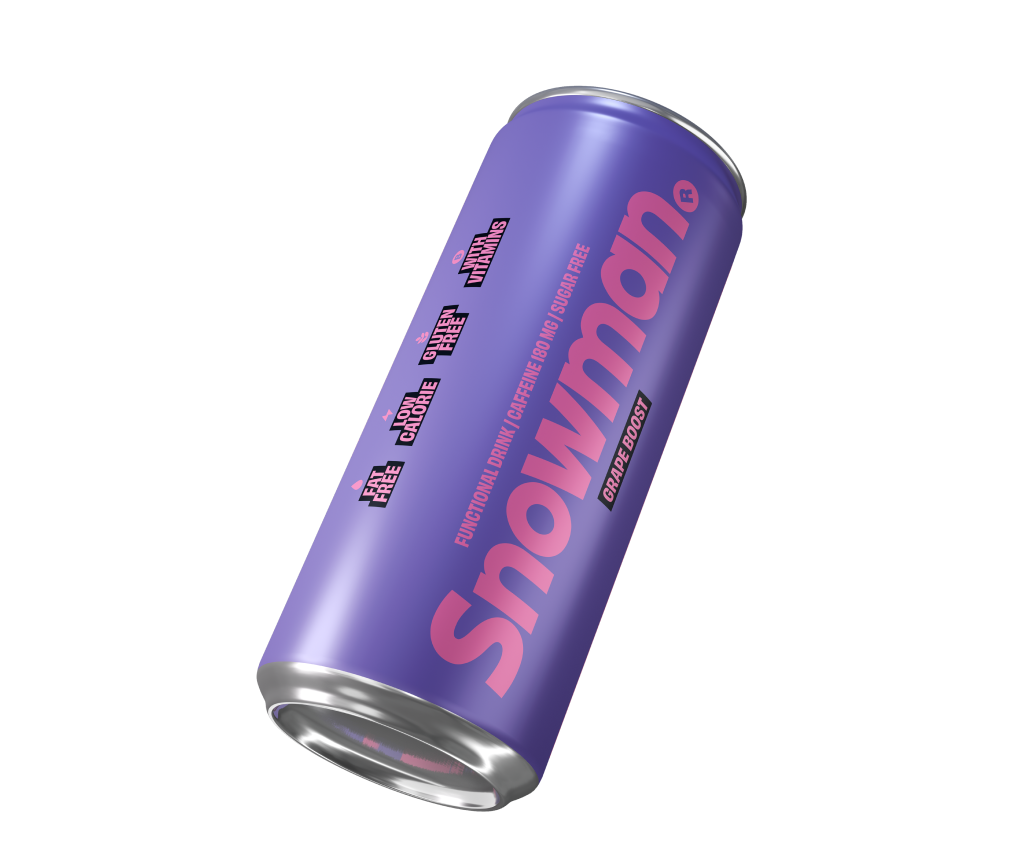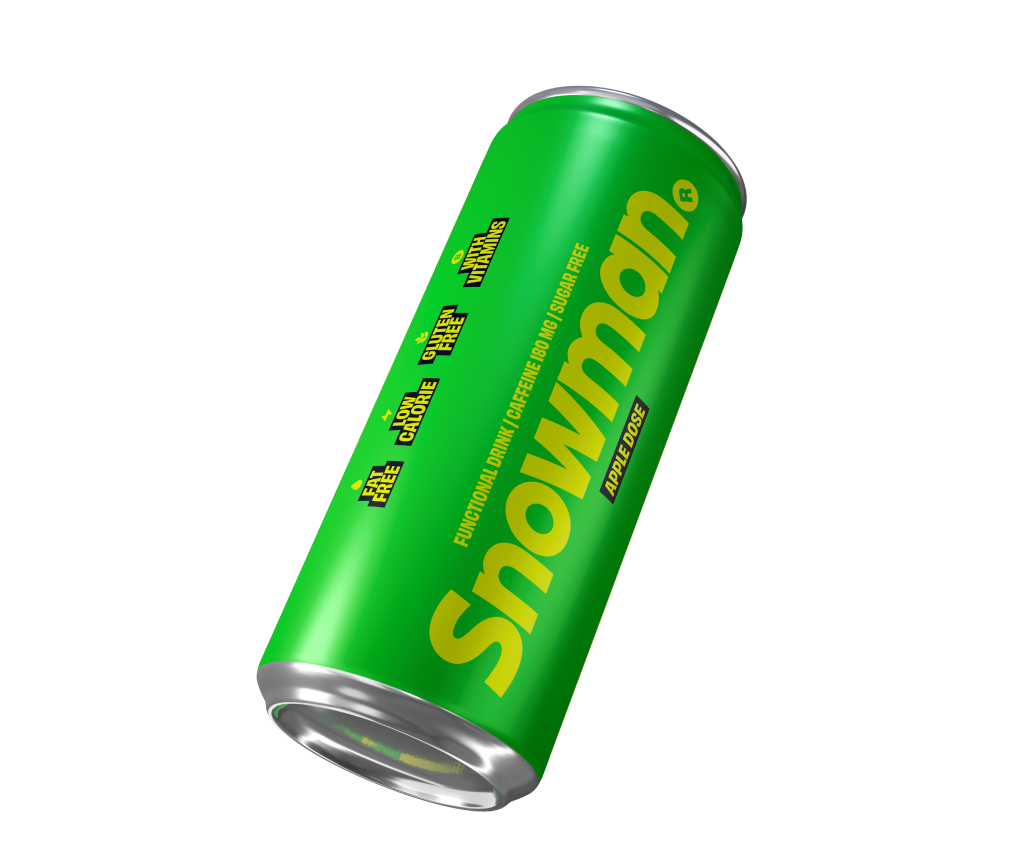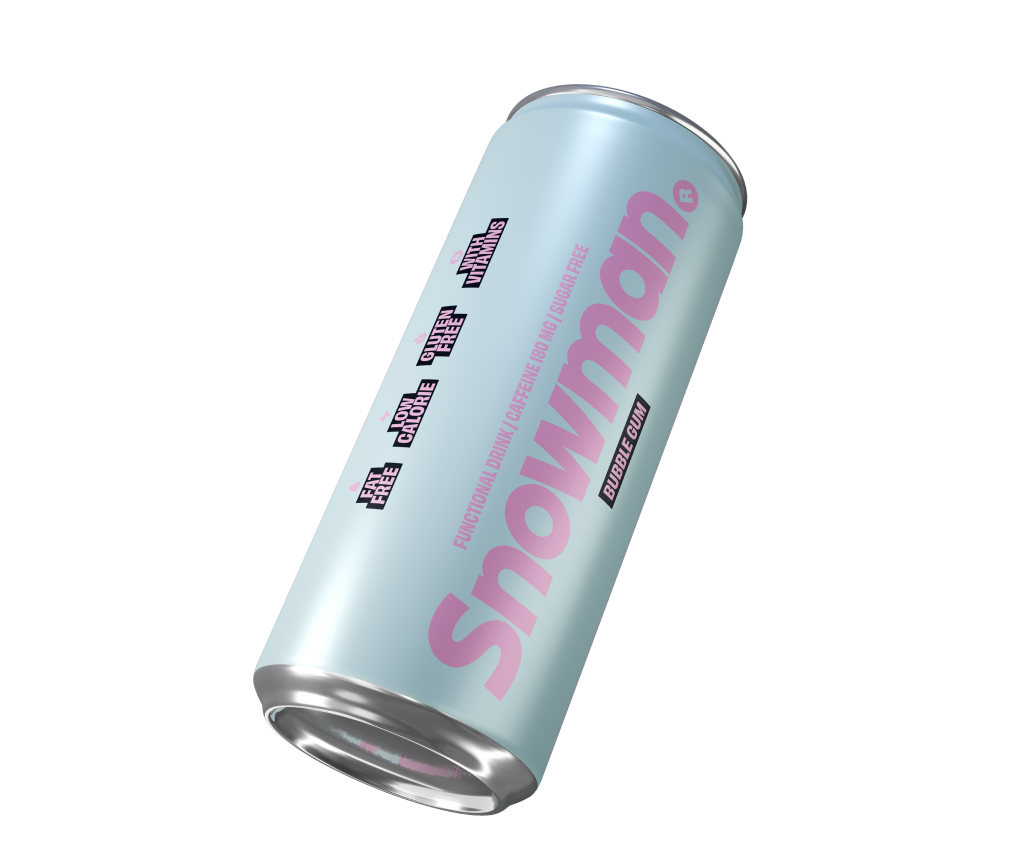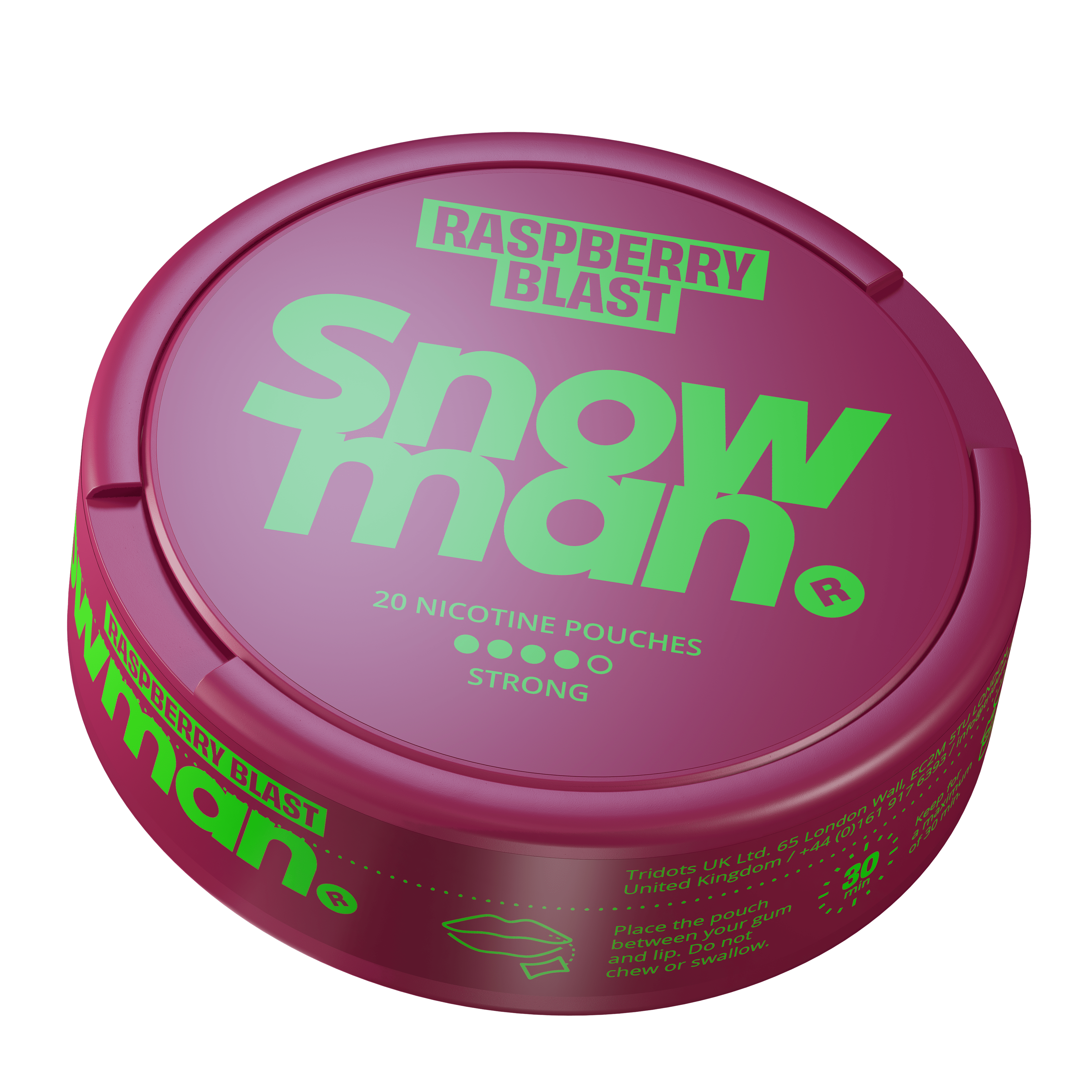
While nicotine pouches offer a smoke-free alternative to traditional tobacco, their growing popularity brings another issue to light: packaging waste. As millions of users embrace these small, convenient pouches, concerns about their environmental footprint—especially related to packaging—are rising. The question is, how sustainable are nicotine pouch packaging materials?
What Makes Nicotine Pouch Packaging Unsustainable?
The bulk of nicotine pouch containers are plastic-based tins or cans, often treated with laminated labels, moisture barriers, and non-recyclable seals. While the product inside is tobacco-free, the single-use nature and non-biodegradable packaging pose a real threat to waste management systems.
Material Types Commonly Used
- Polypropylene (PP) – Most common plastic used in cans
- Aluminum seals – Preserve freshness but complicate recycling
- Paper inserts or lids – In some eco-focused designs
- Bioplastics – Rare, but emerging
Waste Management Challenges
- Not all plastic cans are curbside recyclable
- Mixed materials (plastic + foil) confuse recycling systems
- Containers often end up in landfills or incinerators
The Push for Eco-Friendly Alternatives
As sustainability gains traction globally, the nicotine pouch industry faces growing pressure to innovate responsibly. Key changes include:
- Biodegradable can prototypes
- Shift to recyclable PP-only designs
- Eco-labeling to guide consumer disposal
- Reduced secondary packaging (e.g., cardboard sleeves)
Evaluating the Sustainability of Leading Brands
Let’s take a look at how major players are responding to environmental demands:
ZYN and VELO
- ZYN: Uses polypropylene cans, which are recyclable in some regions. Efforts underway to reduce label adhesives and increase can reuse.
- VELO: Introduced “VELO Mini Eco” with 50% recycled plastic and easy-to-remove labels for better sorting.
LOOP and Nordic Spirit
- LOOP: Pioneers in compostable labels and bio-based plastics
- Nordic Spirit: Tested 100% recyclable sleeves and refill systems in select Nordic markets
Regulatory Pressures and Green Standards
In 2025, regulators are sharpening their focus on single-use plastics, including:
- EU Packaging and Packaging Waste Regulation (PPWR): Requires all packaging to be recyclable by 2030
- Extended Producer Responsibility (EPR): Brands pay for collection and recycling
- Plastic taxes in several EU nations on non-recyclable or non-recycled materials
These pressures are pushing brands to rethink not just product safety—but environmental responsibility.
Consumer Behavior and Its Impact on Sustainability
Sustainability isn’t just about materials—it’s also about how users dispose of packaging. Surveys show:
- 65% of pouch users don’t recycle their containers
- Only 20% check for recycling symbols
- Eco-conscious consumers are beginning to favor sustainable brands
This highlights the importance of awareness campaigns and clear labeling.
How to Identify Sustainable Nicotine Pouch Packaging
Look for:
- ♻️ Resin Identification Code #5 (PP) – Widely recyclable
- “Made from recycled materials” label
- Eco-logo certifications (e.g., Nordic Swan, FSC)
- Brands offering refillable tins or return systems
Practical Tips for Eco-Friendly Pouch Use
- Rinse and recycle plastic tins when possible
- Don’t mix with food waste—contaminated materials often go to landfill
- Support brands that use eco-friendly materials
- Limit usage or opt for larger format packs to reduce total waste
Challenges in Achieving Full Sustainability
- Moisture preservation conflicts with biodegradable materials
- Flavors degrade faster in bio-based packaging
- Global inconsistency in recycling infrastructure complicates efforts
Despite these hurdles, innovation is ongoing—and consumer demand may be the tipping point.
FAQs: Nicotine Pouch Sustainability
1. Are nicotine pouch cans recyclable?
Yes, but only if made from recyclable plastics like PP and properly cleaned.
2. What are eco-friendly brands in 2025?
LOOP, Nordic Spirit, and VELO Eco editions lead in sustainable packaging.
3. Why not use compostable packaging for all pouches?
Compostable materials often lack the barrier strength to preserve flavor and moisture.
4. Can I refill nicotine tins?
Not officially—but some users reuse tins for storage or refills in pilot programs.
5. Is flavored pouch packaging less eco-friendly?
No, but it may require more sealing to maintain flavor, which adds complexity.
6. Will regulation force brands to go green?
Yes, EU and global mandates by 2030 will require recyclable or reusable packaging.
Conclusion
As more people seek sustainable living, nicotine pouch sustainability is gaining attention. While packaging today is mostly plastic, brands are experimenting with bioplastics, recycling programs, and eco-labeling to meet environmental goals. Still, it’s up to both manufacturers and users to reduce the impact—through smarter design, responsible disposal, and conscious consumption.
So the next time you grab your pouch tin, think: Is it recyclable? Is it refillable? Is it worth it? Your small action contributes to a larger, greener shift.
